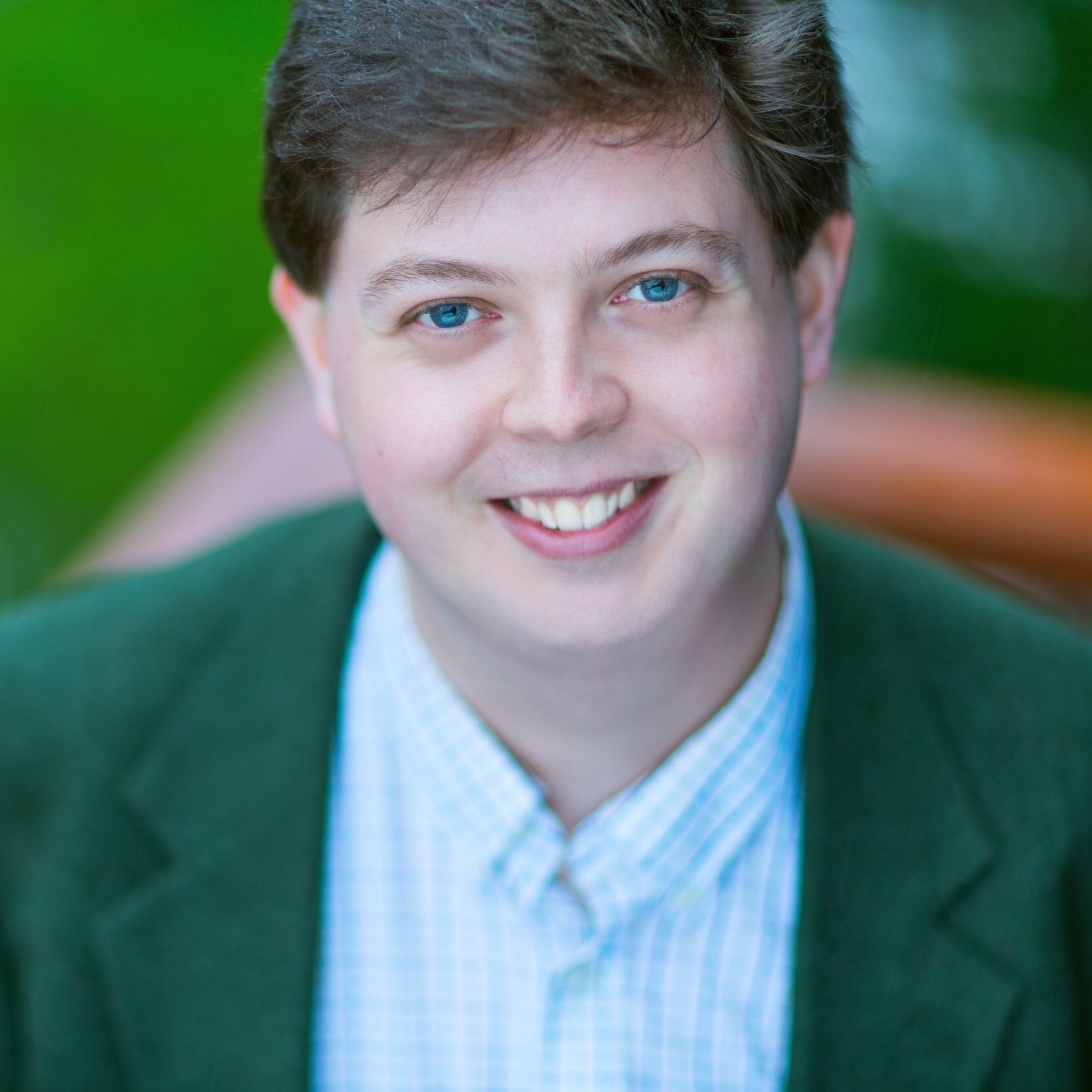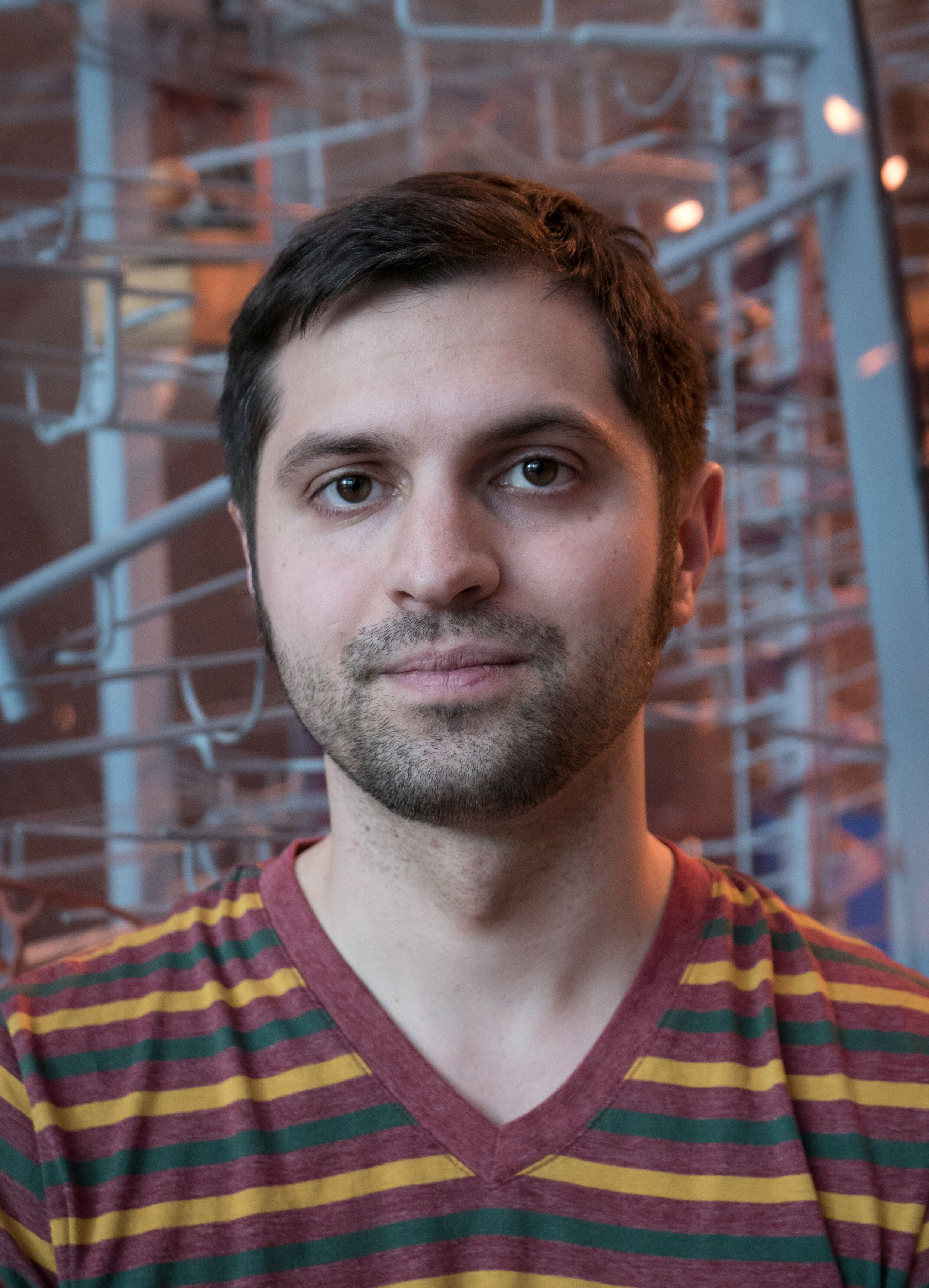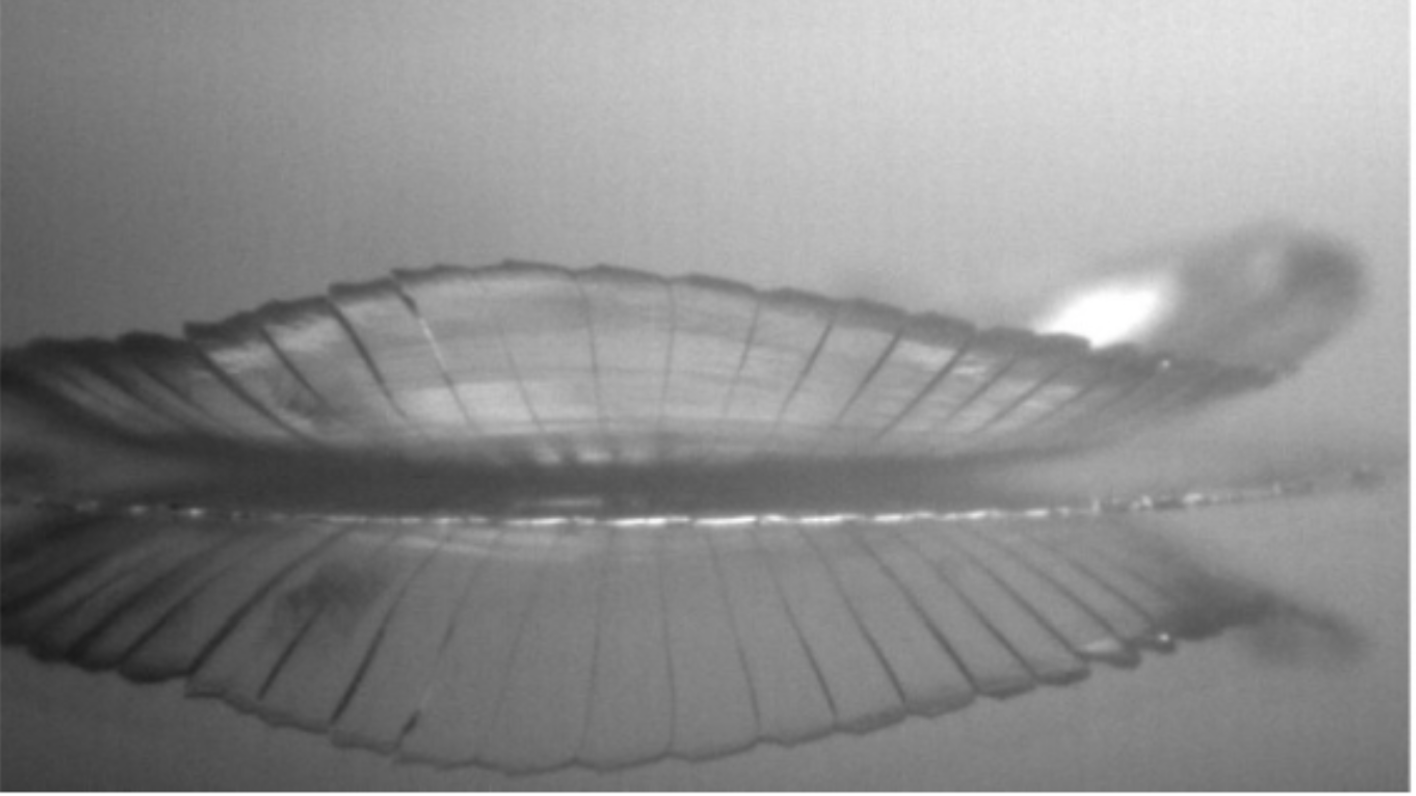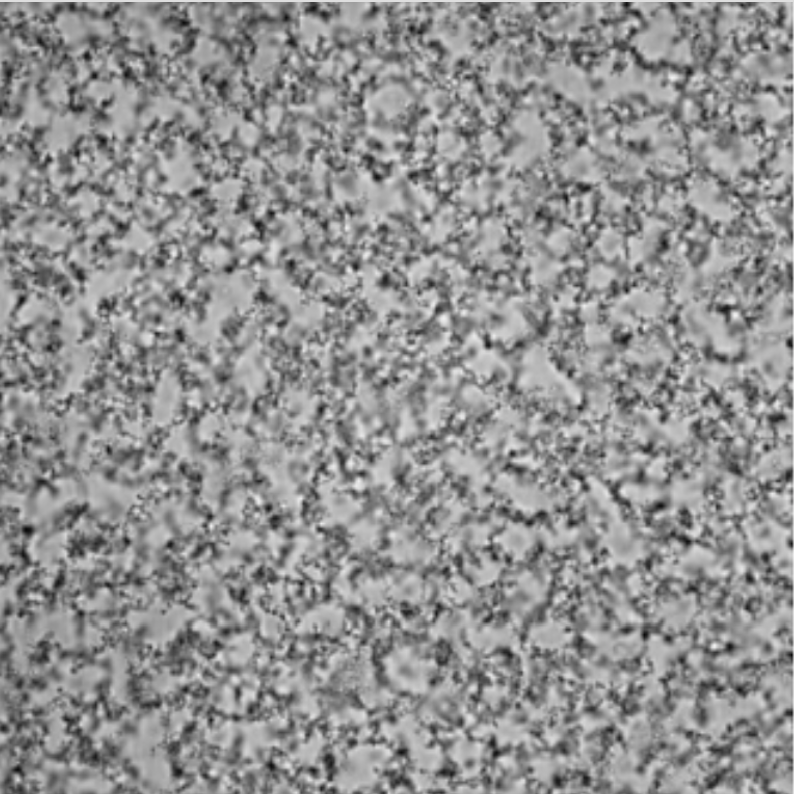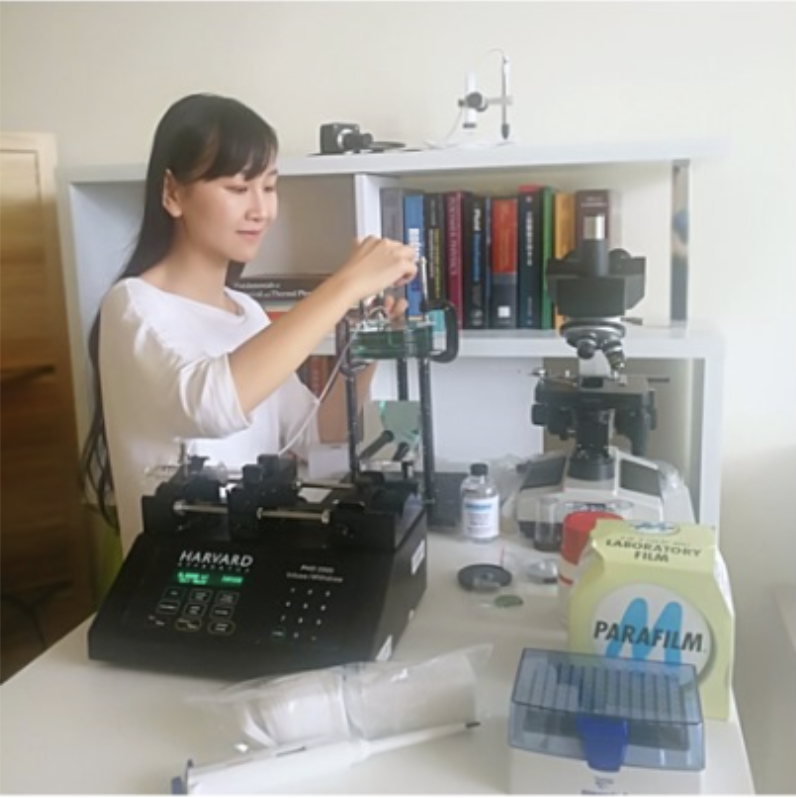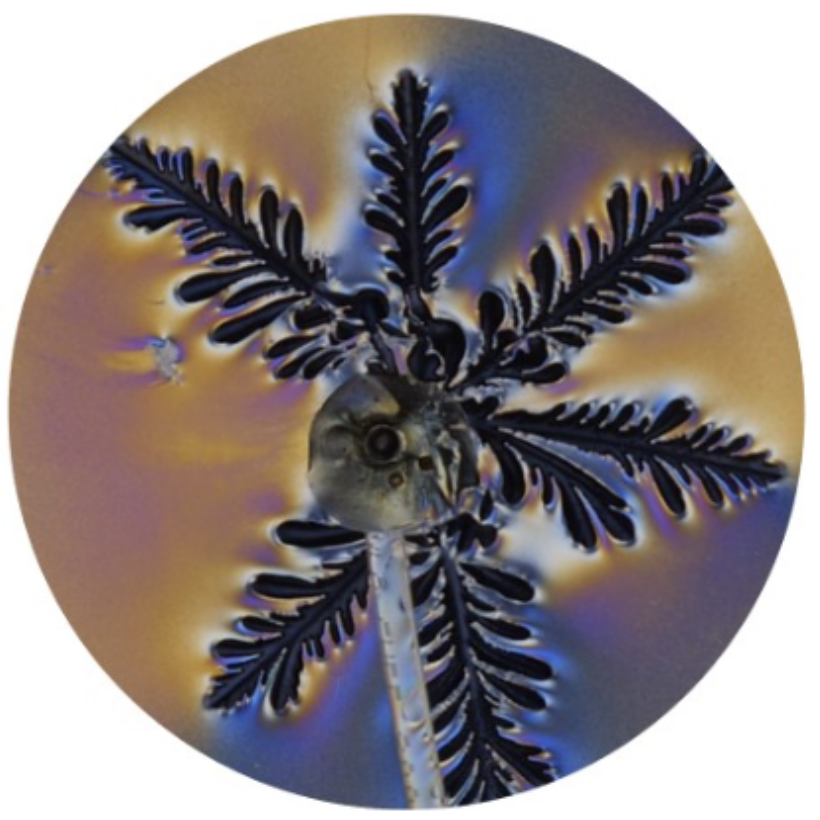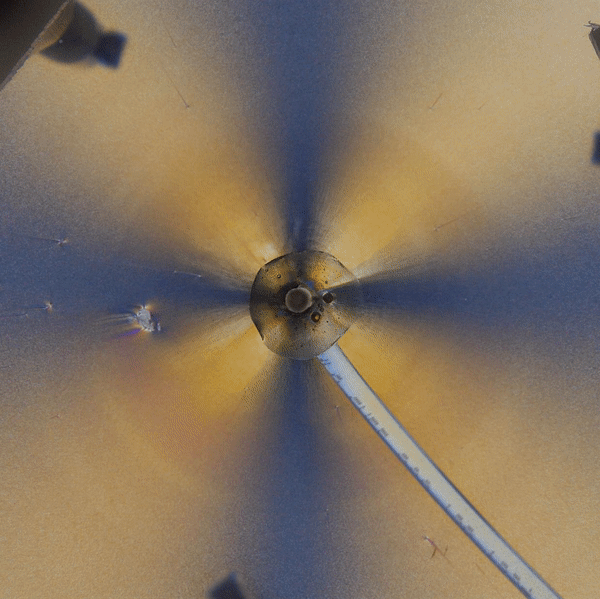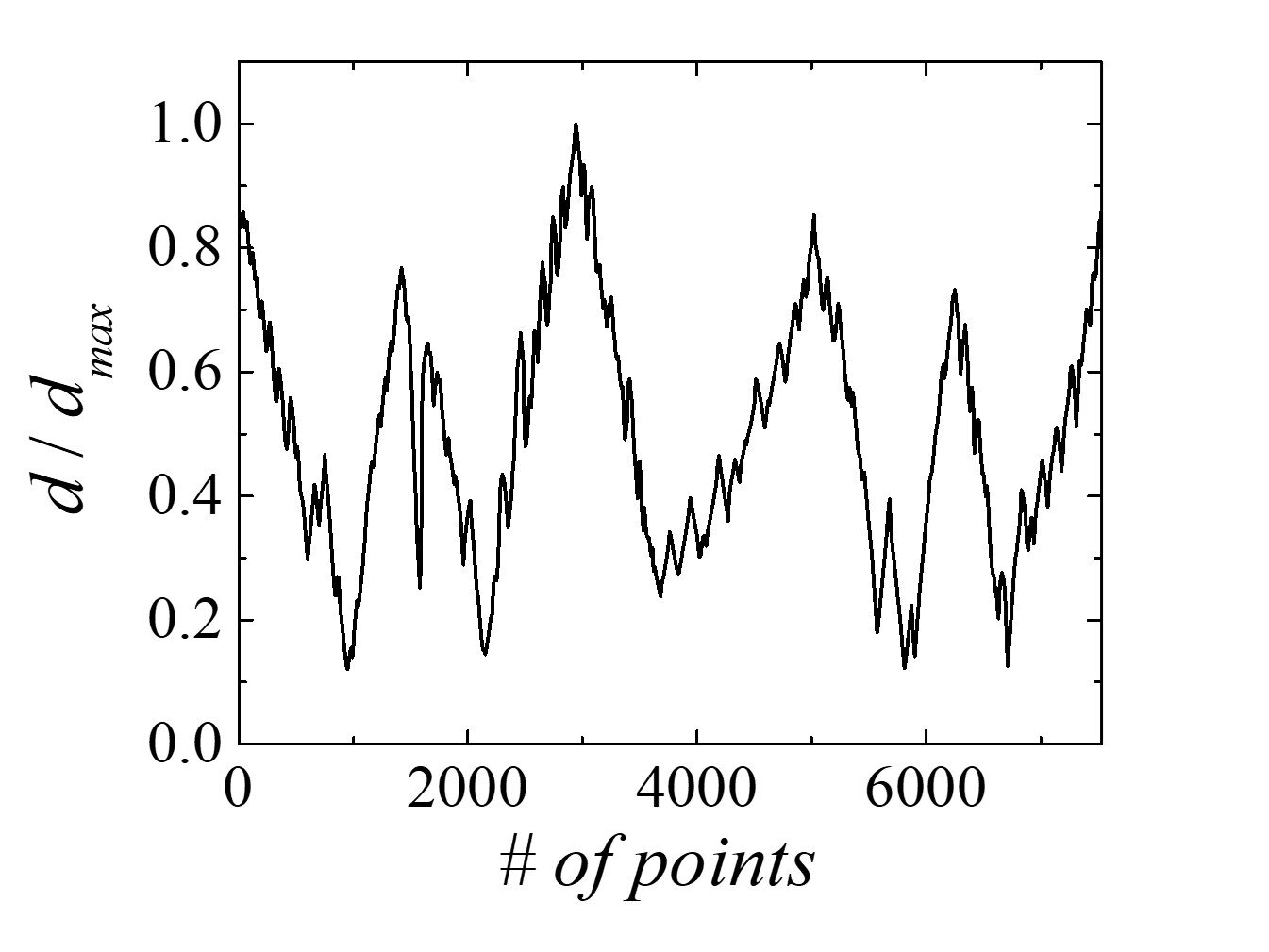1. ADAGIO
The first lesson asks me to hold the cello well. To prop its top against my ribs beneath my breast and atop my breath. Knees I’ve scraped since I learned to walk should not knock or pinch or scrape against the cello’s hips. Instead the knees should steady the cello like two hands on your shoulders at graduation, two hands that have touched more than you have.
My teacher says I will feel the ghost of the scroll—that tidal wave where strings tighten and get right, pull of the ocean at peak—at the nape of my neck. Like your mother brushing fine hairs escaping your ponytail.
I am to practice holding the cello well without my arms. I am to extend my arms and wave them as if I am treading generous water.
I am to feel the way my back becomes a part of my front. Like the sides of me, neighbors, reach over the fence offering sugar or hyacinth bulbs. Or even cross the fence to clean up downed twigs and strewn blooms from the cherry tree straddling our property line.
My cello does not have legs. This is one difference between my cello’s body and mine. We are both forms, but I can move myself. I can imagine us moving together. And unless my feet trust the ground for two, the cello’s wobbly mahogany body will topple. Rooted, our bodies will lean together, travel in the air like branches in the wind.
This is the way I hope long love will feel. That in however many years I have left, my legs that have run will stay, stay and help my body say what it imagines.
Neuroscientist Daniel Wolpert posits that our brains exist solely to control movement. He says that psychologists miss the mark when they study love, memory, or fear without thinking about the brain’s first and foremost goal: to move our bodies in the right ways to survive long enough to reproduce our genetic material. These are elaborate byproducts: ornamental gardens, poetry, cello concertos.
I listen to Jacqueline du Pré play Edward Elgar’s “Cello Concerto in E Minor.” Du Pré plays like she holds in her body every tide and flood, every phase of the moon, every hung cloud and churning storm, every cherry blossom and its fruit.
I don’t know another way to say this.
Her husband says music poured out of her, as though from a source of nature.
II. LENTO
Sometimes I squeeze the cello’s neck too hard. I don’t notice that my left thumb aches until my teacher calls attention to its strain. Imagine your thumb rests on a grape and you don’t want to pop the grape, my teacher says. I don’t pop the grape.
Make your arm a bird wing, she says.
In my mind, I see a crow above the cedars riding thermals, gliding high and higher. I see the crow flap. I imagine I am a crow, and I draw the bow out and in again. My arms are wings and that is right.
Some students, she tells me, think they need to know the exact name of the muscle to engage. They want technical direction. But for me, learning the cello requires magical thinking. I’m happy to rely on my teacher’s directions to become a bird, to keep a grape safe.
I tell my writing students that poets have the power to say something is something else. To transform and equate the world. This sentence: I am a poet. Voila. This sentence: My arm is a bird wing.
I imagine poets stitching the world together. Long silver threads of text. Lines prompting reading, dreaming minds not to see every thing by itself and separate, but to see the seams often unseen in the dark expanses across space and time.
This is, perhaps, a kind of sorcery. A power not to wield, but to hold. To practice holding.
In his mind, an amateur golfer played the course he knew best. He played each hole, each stroke every day as a prisoner of war. Amateur doesn’t matter. Here’s what matters: Four walls and a ceiling to keep fear close. Four walls and no windows to see out. Four walls and his captured body. He picked out each club and scored higher than he had in real life. He felt the wind with a licked finger.
When I say he felt the wind, I mean wind blew against his weather vane finger, against a band of sweat at his cap’s rim, the cap he wore in his head, not on it.
Here’s what matters: he got to go home. Five years of four walls later, he held a real golf club again and the real course rolled out before him. You might imagine his body would have forgotten how to hold the clubs, how to aim. In this first real game after all his dreamed games, he scored higher than he ever had before. Not higher than he had ever imagined.
III. ADAGIO
Or maybe it was seven years. And maybe it was that he scored a hole in one with his first shot. Accounts vary. In fact, no records confirm any Major Nesmeth in North Vietnam, an amateur golfer locked away as a POW. No authoritative source verifies this story.
There may not have been a golfer, no higher score. Does this matter?
When sports psychologists tell us this story, I imagine they mean we have control over our success. We just need to visualize our bodies moving right.
Our minds imagine our wishes into our muscles. Do we clench this story in our hands?
When my brother and I lived together as adults, we went to the mountains each year for his birthday. One year, the sun warded off all clouds with its low autumn sweep. We could see peaks and valleys cradling us. The Cascades that breathe ocean matched the blue-green Sound. A dry, rusted valley unfolded to the east. Years ago, we crossed the whole range to get to this home.
On his next birthday, we walked the same trail but couldn’t see any peaks at all, not even the peak we aimed to crest. Wind wiped and wiped at infinite fog. Clouds clung to us, dampening us. Koma Kulshan, the great watcher, should have been right in front of us.
We wandered without a long view, without landmarks.
Researchers in the Soviet Union, in the mid-1970s, asked a group of five-year-olds to stand still in a room with four walls for as long as possible. They did not stay still for very long.
Then the researchers asked another group of five-year-olds to stand still in the same room for as long as possible while guarding an important object from invaders.
There were no invaders. There was no object. But these five-year-olds stayed still longer.
My brother and I are used to seeing something one day and not seeing it the next. Sometimes we are sure there is no object. Something awry in our minds’ chemistry, an inheritance that makes us more vulnerable to hopelessness, can make us forget that a mountain watches over the bowl of land in which we dwell, all the way to the blue well of the bay. Can make us forget we watch over this bay too. Something can make us blue and listless. Some people face hardship and imagine themselves moving beyond it. My brother and I can’t always imagine that. Sometimes the rain obscures. Our minds say, Stop, and mean, You are not a bird. You are not a cellist. You are not an artist. You are not a poet. Turn back.
IV. ALLEGRO
Sometimes my hand clutches the bow like a crow’s clawed foot clutches dinner. This is not right. My teacher holds her hand over my bow hand, like when you are awake late drinking wine in your kitchen with an old friend, and you hear yourself tell her about your year and you hear how hard it has been. Your old friend reaches across and puts her hand on yours, and you feel yours release. You stop bracing yourself against that shaky table.
At twenty-eight, a year younger than I am now, du Pré could no longer feel the weight of her bow. She could not hold her cello well.
When the doctors told du Pré, You have multiple sclerosis, I imagine they meant, Your body will attack its own nerves. Your nerves will scar and falter and mute. Your position sense will diminish. Imagined motion in your mind will no longer speak to your body.
What they meant was, You will not imagine movement into music. What they meant was, You cannot be a cellist.
The mind and the body do not always match.
I am learning how to move my left hand over the unmarked landscape of strings. I press lightly, low on the neck of the D string, and pluck the half-string harmonic. I move the same shape of my hand to first position on the A string and pluck the same tone.
Rather, I hope to match the tone. I miss and miss the mark on that rise. There is no mark.
Then one night, my hand drifts right from low to high on the first try. I trust my arm and resound the note again and again, amazed that my body remembers where to place my hands. Like when your hands know where to move over the landscape of a longtime love’s body, even with eyes closed, even in the dark.
When I pull my bow across strings, I slide my whole body along like a typewriter carriage as if I want the cello and me to feel the same things. I am to let the bow float out into the generous sky, away.
Something born from and beyond the body survives us.
When I watch clips of du Pré, my motor neurons prime. I study her bowing arm and my arm lifts as if I am a marionette strung to a flock of birds, as if I am strung to her. I breathe when she breathes. My body tries to match her body.
All day du Pré plays Elgar in my mind. She still moves me.
Seven years after her diagnosis, du Pré said, The music is still alive in my head. I imagine she did not mean, I am no longer a cellist. I imagine she meant, What I imagine remains.
From my open string, a long tone sounds. When I say a long tone sounds, I mean imperceptible molecules move to touch. I mean to say these silver strings bind everything together. I mean to say these unbound waves resound old tones bowed by those before us. Their meeting makes them known as this note.






